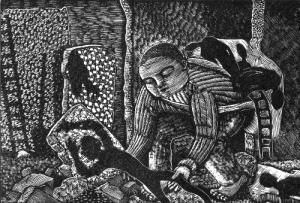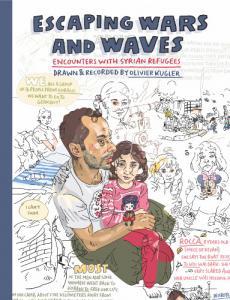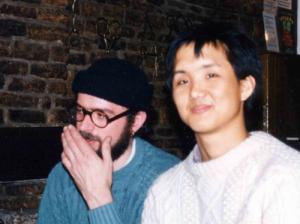I am white.
My earliest memories of being conscious of race and racism are from when I was 10 years old.
I remember standing in the school hall and some boys taunting Stephen, calling him a ‘black and white minstrel’. I didn’t know Stephen well and I had never heard of a minstrel show but from the words I worked out that one his parents was black and the other was white and because of this he was being teased. [The Black and White Minstrel Show was a musical variety…
















